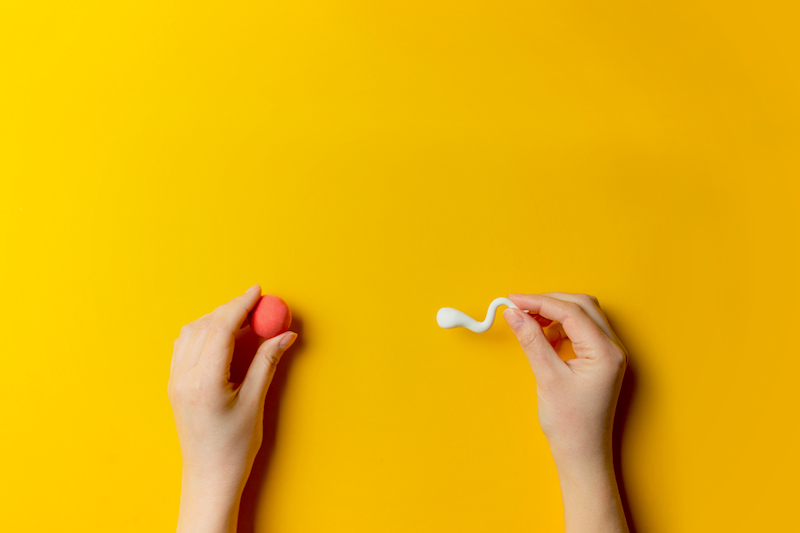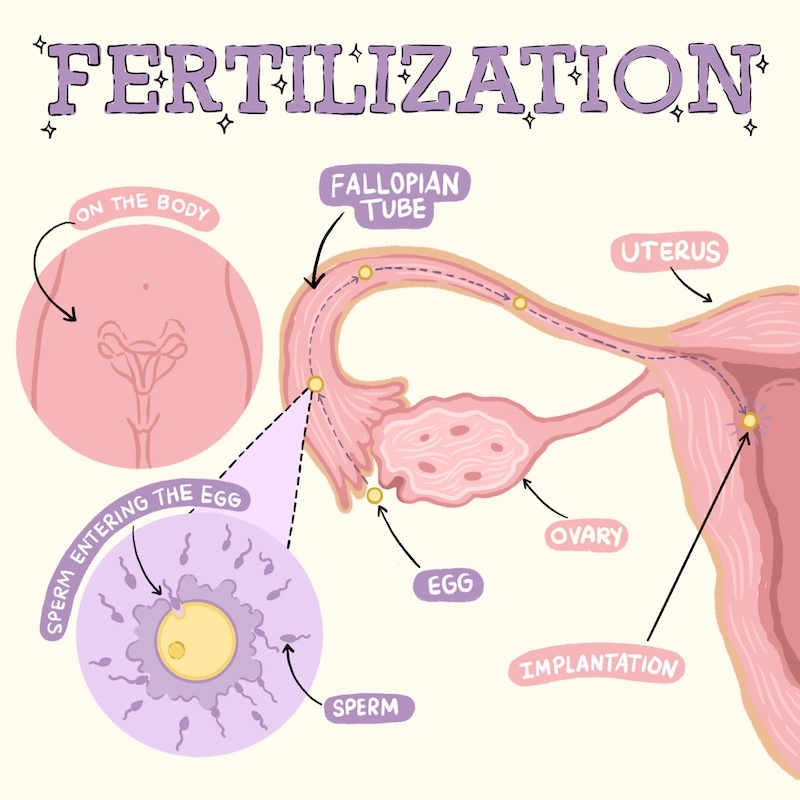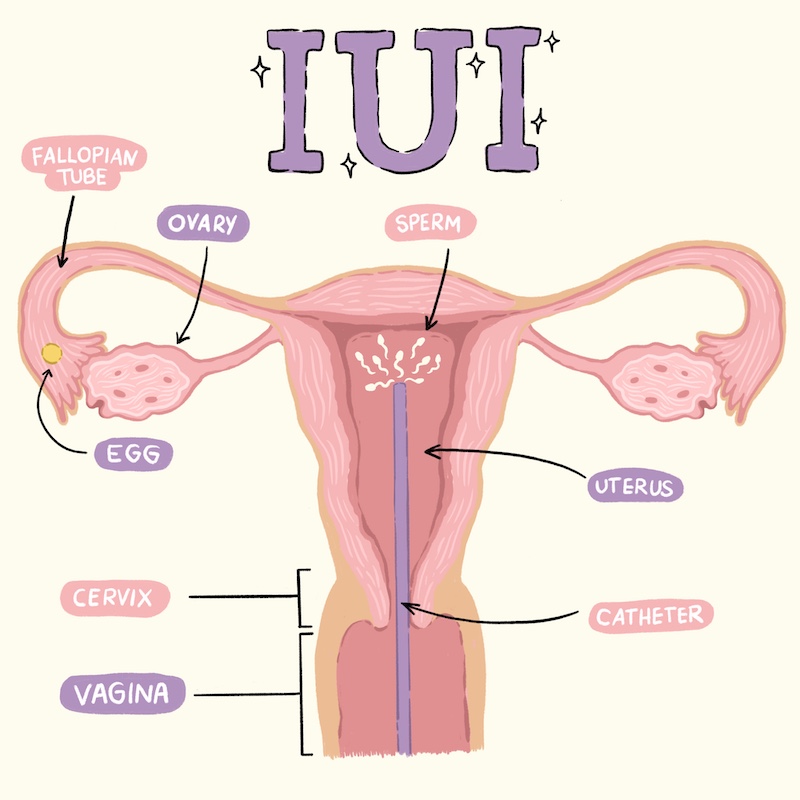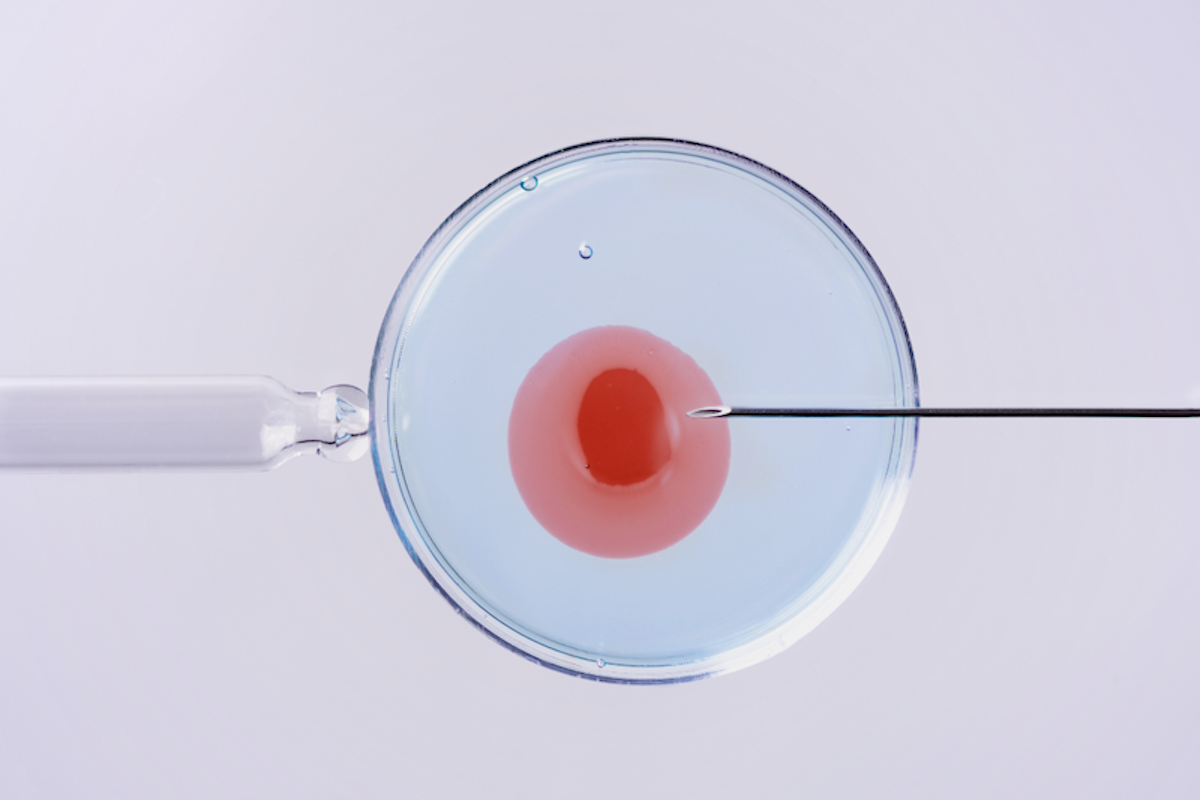IUI, or intrauterine insemination, is a common fertility treatment for individuals and couples trying to conceive. It is also sometimes called artificial insemination, alternative insemination, or donor insemination (if sperm donor is used). Although this makes it sound very scientific, IUI is actually a relatively low-tech procedure and fertility treatment option.
People will often talk about IUI and in vitro fertilization (IVF) at the same time — maybe because of the initials — but they are quite different. IUI is a less invasive procedure than IVF but also has a much lower success rate and addresses a more narrow range of fertility issues.

To help you understand IUI, we’ll cover:
- What is IUI?
- When is the best timing?
- Who is it right for?
- What are the success rates?
This is a general overview for anyone trying to conceive or navigating infertility and fertility treatments so you can have more-informed conversations with your doctors.
What is IUI?
As a reminder, in order to establish a pregnancy, you need an egg, sperm, an open fallopian tube, and a place for the embryo to grow. The egg grows in the ovaries and is released into the fallopian tube in the first half of the menstrual cycle, in the process called ovulation. Once you ovulate, the egg has less than 24 hours to be fertilized by sperm.

IUI involves injecting sperm at the top of the uterus right near where the fallopian tubes connect to the uterus. This is done around the time of ovulation; a catheter (thin plastic tube) containing the sperm is inserted through the cervix and into the uterus. The goal is to have the sperm bypass the vagina and cervix, easily access the fallopian tubes around ovulation, and increase the chance of fertilization.

While all of this is certainly no one’s favorite way to spend an afternoon, IUI should not hurt. Many people find the speculum exam to be uncomfortable, though luckily the procedure is typically done in less than five minutes.
The sperm used for IUI undergoes a washing and concentrating process, so only a tiny amount (with millions of sperm!) ends up being injected, which also helps make it relatively painless. The procedure can take longer if the pathway through the cervix is narrow or if the tilt of the uterus makes inserting the catheter more challenging.
It is totally normal to have cramping, spotting, and discharge afterward. You can resume all your normal activities, including exercise — even cartwheels are okay! You should plan to take a pregnancy test about two weeks after the IUI.
Some people prefer to have inseminations at home, either using a kit that you can purchase online or with the help of a midwife, depending on the laws in your state. If you are interested in this option, talk to your provider about your specific situation and the rules in your state.
When is the best timing?
Since IUI is done around the time of ovulation, ideally right beforehand, you will need some way to determine when you are ovulating.
If you are regularly ovulating and ovulation predictor kits (OPKs) work for you, then you and your provider can use this to help time your IUI. When you get a positive OPK, you can expect to ovulate about 36 hours later. So an IUI would be done anytime up to 36 hours after you get a positive OPK.
However, IUI is often combined with medications to help with ovulation (if this is a challenge for you) or to produce more than one egg to increase the chances of it working. In these cases, ovulation is often induced with a “trigger shot” when the follicles are mature, and the IUI would still occur up to 36 hours afterward.
If you use medications, you will most likely be recommended to have ultrasound monitoring — that means coming into the clinic for a vaginal ultrasound and sometimes blood work a couple of times in the beginning of your cycle. But this is not always the case, and the use of medications may not be appropriate in all situations, like when there are no fertility concerns or donor sperm is being used. That’s because medications can also increase the risk of multiples (twins, triplets, or more!), and that makes for a higher-risk pregnancy.
Overall, while IUI is less intensive than IVF, it can still involve many appointments, and costs can add up. The specifics depend a lot on your particular situation, so make sure to talk to your provider about what is being recommended and why it is being recommended.
Who is it right for?
IUI is a good option for some couples experiencing infertility. Since IUI bypasses the vagina and cervix, any potential contribution these may have to infertility can be addressed. Both the vagina and cervix may act as barriers to sperm, and neither can be tested during a standard fertility workup.
IUI is also a great way to get sperm where it needs to go for couples without someone who produces sperm; single women; and couples where penetrative intercourse is not possible (such as vaginismus in the female partner or erectile dysfunction in the male partner). It is a good option for couples with mild male factor infertility (such as slightly low sperm counts), and women with polycystic ovary syndrome (PCOS) or irregular periods (though these women may first try medications to help with ovulation). Men undergoing cancer treatments may choose to freeze their sperm before starting treatment to be used for IUI.
IUI can control some aspects of the start of the fertilization process. The rest of what is required for a pregnancy, we are not able to control; the sperm still has to make its way to the fallopian tubes, where they can meet and fertilize the egg(s), and a fertilized egg has to travel to the uterus to implant and establish a pregnancy.
This is why IUI is not helpful if both fallopian tubes are blocked, or if there is anything inside the uterus that can make it difficult for an embryo to implant (such as fibroids, scar tissue, or a uterine septum). Similarly, there still needs to be enough high-quality sperm that make it to the eggs, and there needs to be at least one egg there for the sperm to meet. So IUI is also not very helpful for situations where there are very low sperm counts, nor where the main concern is a low egg supply.
In some states where fertility services are covered by insurance, you may be required to do IUI before proceeding to IVF.
What are the success rates?
Unfortunately, there isn’t a straightforward answer to the success rates of IUI because so much depends on your specific medical history, the details of your IUI plan, and why you are doing IUI in the first place. In general, the success rates of any fertility procedure (including IUI) go down with the age of the female partner.
With that being said, the pregnancy rates for IUI are typically in the 10% to 15% per cycle range and can be as high as 25% per cycle. As a comparison, a healthy 30-year-old woman has about a 20% chance of conceiving on her own each cycle, and the pregnancy rate after transfer of a euploid (or genetically normal) embryo after IVF is typically between 60% and 65%. A lot of the relatively low success rate of IUI reflects the inefficiency of human reproduction, so don’t get frustrated or blame yourself if you don’t get pregnant right away.
If you’re not pregnant after a few cycles, make sure to check in with your provider to re-evaluate your plan and see if you want to change course. If it is an option for you, starting with IUI can save you the cost, time commitment, and potential risks involved with IVF. However, IUI not working may also be a sign that it’s time to increase medication doses, switch medications, or move on to IVF, so keep an open line of communication with your provider.
The bottom line
- IUI is a quick procedure where a speculum and catheter are used to inject sperm at the top of the uterus.
- IUI works best for couples with unexplained infertility, couples without someone who produces sperm, single women, couples where penetrative intercourse is not possible, couples with mild male factor infertility, and women with polycystic ovary syndrome (PCOS) or irregular periods.
- IUI should not hurt, but certain conditions can make the procedure last longer. It is normal to have spotting, discharge, and cramping after the procedure. You can resume normal physical activity after the procedure.
- The success rates of IUI depend on your age and specific circumstances and generally range between 10% and 15% per cycle. If you are not pregnant after a few cycles, check in with your provider to evaluate your options.
We recognize that readers of ParentData identify in different ways — read more about our approach to gender-inclusive language here.
Community Guidelines
















Log in